There are 37 good companion plants for camellias in this list, including foliage plants, perennials, flowering bulbs and more.
Growing camellia shrubs in your garden is an excellent strategy to enhance the beauty and vitality of your outdoor spaces, especially when they flourish in partial shade. But, did you know that pairing companion plants for camellias with the striking ornamental flowering plant promotes healthy and abundant growth?
Camellias and their companion plants offer properties that promote a healthy garden and keep out the elements, like bugs. Unbeknownst to many people, camellias actually grow pretty well with an array of different plant groups for a diverse and healthy landscape.
Do you have a small urban backyard garden or extensive grounds you want to give life to? You are at the right place. We’ve put together a list of all essential companion plants for camellias you can incorporate into your garden. The list is extensive and detailed enough to ensure you find the perfect plants for your garden needs.
Table of Contents
What Are The Best Companion Plants for Camellias?
Among the top choices for good companion plants for camellia japonica and camellia sasanqua are acid-loving plants like Hostas, ferns, Rhododendrons, azaleas, gardenias, and Japanese maples, all thriving in similar conditions of partial sun and well-drained, moist soil. However, these are not the only plants to pair with camellias.
You can find a myriad of other options to pair with camellias. Below, we’ve outlined a full list of the perfect and viable companion plants for camellias.
37 Best Camellia Companion Plants
Also known as the queens of winter flowers, camellias grow as attractive evergreen shrubs to about 25 feet tall and spread to 10 feet wide. The shrubs develop stunning blooms, striking glossy foliage, and an aesthetically pleasing shape. The flowers come in the form of single, semi-double, double, formal double, or full peony forms in colors pure white, soft pink, or dark red.
With their flowering blooming from late fall to mid-spring, the flowering shrubs give life to your garden when most plants don’t produce flowers. Now, when paired with the right companion plants, camellias can truly transform the look and overall abundance of your garden.
These flowering shrubs thrive the most when planted among fellow shade-loving plants that don’t compete for roots. These plants are also acid-loving and prefer growing in soil pH levels between 5.0 and 5.5. So, they thrive best when placed near plants with similar properties and those without deep roots that would steal all the nutrient supplies.
Here’s a lineup of all essential companion plants for camellias;
Grass-like & Foliage Plants
1. Hostas

Foliage plants such as Hostas, with their dense foliage, are a good choice to complement the glossy leaves of camellias, adding depth and contrast to the garden’s design. These small foliage plants add movement, texture, and color to the garden against the backdrop of the glossy foliage and showy blossoms of camellia. As the seasons change, the smooth leaves of Hostas also transition in color, ensuring a personality for the garden.
2. Ferns
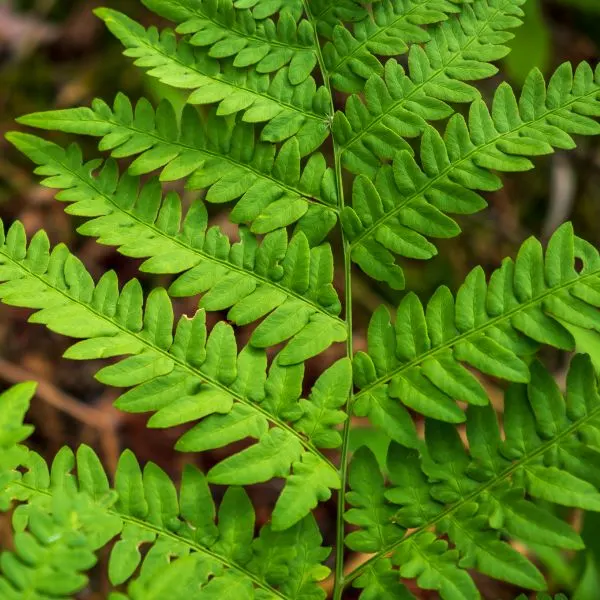
Ferns are perhaps the best way to accentuate your camellia in the garden. Ferns come in a myriad of varieties that feature varying heights, textures, and colors. So, you can pick from an endless array of options to pair with camellias in your garden.
3. Heuchera (Coral Bells)
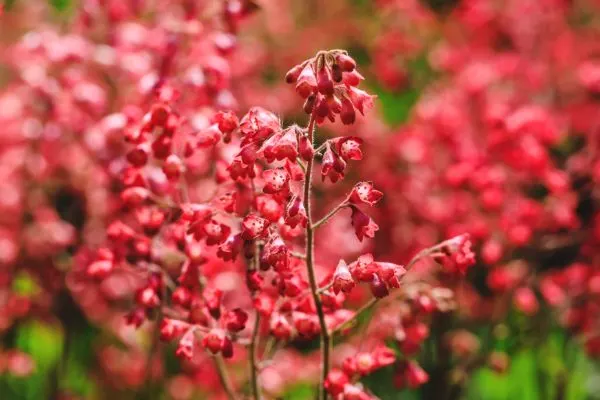
The incredible foliage Heuchera comes in a selection of fun colors that pair well and accentuate the camellia blooms. The perennials come in colors green, purple, chartreuse, red, orange, silver, and bronze. You can also find a few bi-colored options.
4. Carex (Sedges)

Carex grows into bushy, long grass-like plants that complement camellias pretty well. These ultra thin grass-like perennials come in varying colors, including, blue, green, gold, orange, or variegated appearance.
5. Hakonechloa macra Aureola (Hakone Grass)
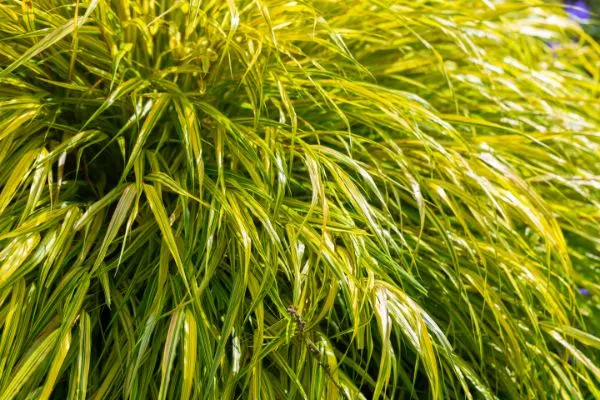
As the name suggests, the ornamental grass, Hakone grass, develops bright golden foliage that gives the garden a unique look while complementing camellia plants.
6. Acacia Limelight
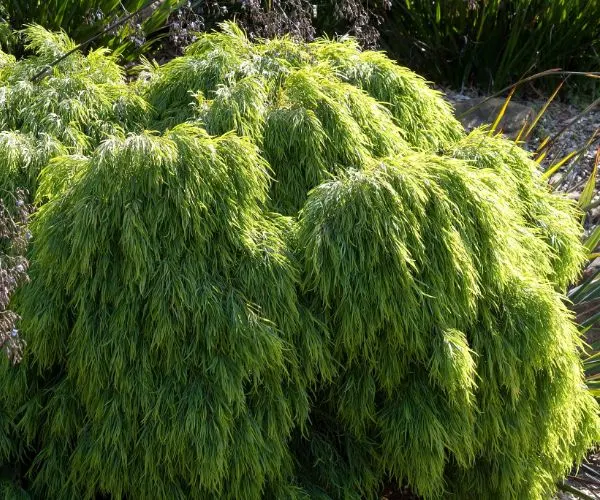
Famed for its attractive green lush foliage and compact shape, acacia limelight pairs well with camellias. While the lush foliage is attractive on its own, it offers a sophisticated contrast to the beautiful camellia blooms. Plus, the acacia limelight doesn’t compete for resources or overshadow camellias.
7. Bluebells
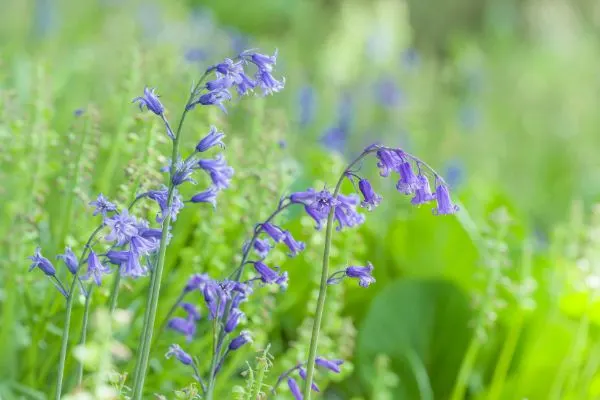
Bluebells grow enhancing violet wildflowers – an iconic indication of spring. In fact, the spectacular violet wildflowers give them their nicknames – fairy flowers and with thimbles. When paired with camellias, they offer a stunning contrast in your garden. Like camellias, bluebells love rich well drained, sandy, or loamy soils with a pH range of 5.5 to 7.5 – although they prefer slightly acidic soils.
Note: While these perennial herbs can be mistaken for garlic or spring onions, bluebells are inedible and poisonous to humans and dogs.
Perennial Plants
8. Hellebores
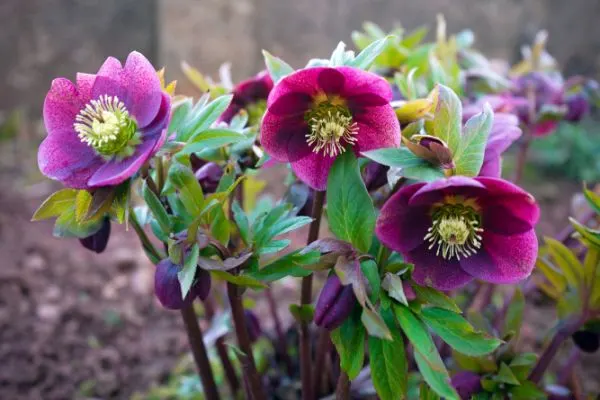
Hellebores, also known as Lenten rose, share a similar blooming time with camellias, making them great growing partners. While they come in many varieties, Lenten rose hellebores are a popular camellia companion plant. These flowering perennials blend well with camellias, thanks to their colorful varieties. You can mix up the colors or choose from pink, purple, red, apricot, yellow, or green.
Tip: For the best contrasting and interesting floral and foliage arrangements, pair hellebores, Hostas, and camellias. The hellebores are at their best during winter while Hostas do best during the warmer season. On the other hand, camellia’s dark green leaf foliage is the perfect contrast backdrop that connects the three plants.
9. Astilbes
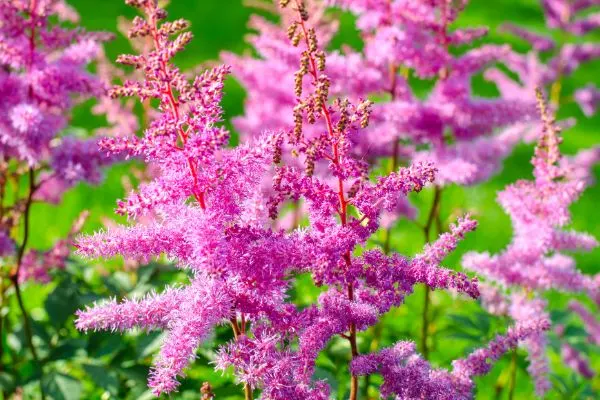
Like camellias, astilbes survive in shady and moist conditions. These perennials develop colorful floral appeal paired with fern-like leaf foliage. To achieve the perfect landscape statement, pair astilbes and camellias with other powerful compatible fall favorites like Japanese maple, aster, or sedum.
10. Bleeding Heart
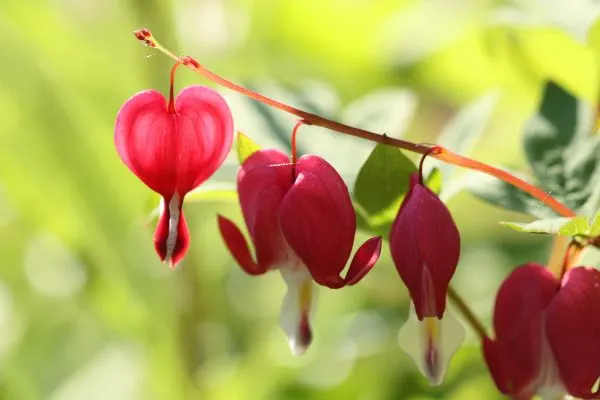
Bleeding heart doesn’t require direct sunlight to thrive so it does very well growing close to camellias. The flowering plant grows unique and delicate pendant flowers with a vague heart shape. The blossoms also feature an attractive rose pink color that is compatible with camellia blossoms.
Note: Exercise extra caution when including bleeding hearts in your garden, these flowers are poisonous to touch and eat.
11. Liriope Muscari (Lilyturf)
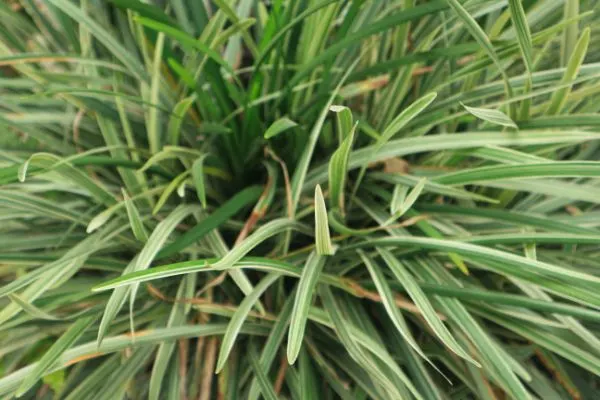
Whether planted as grassy ground cover or edging, lily turf is an excellent companion plant for camellias without overshadowing them. The perennials remain green all year round and grow lilac purple flowers during the fall season just before camellias bloom.
12. Primrose

The 4-inch Primrose is a tiny perennial woodland that flowers from December through May. But, even with its beautiful blooms, the plant pairs well with camellia to accentuate its beauty. The two plants grow perfectly in borders or beds – although you can also plant them in pots.
To enhance this function, the tiny perennial features wrinkly leaves with hairy undersides to create a rosette at the base. On the other hand, its small flowers develop a pale to deep yellow color with dark yellow to orange centers.
Other excellent companion perennials for camellia include Trillium.
13. Coreopsis (Tick weed)
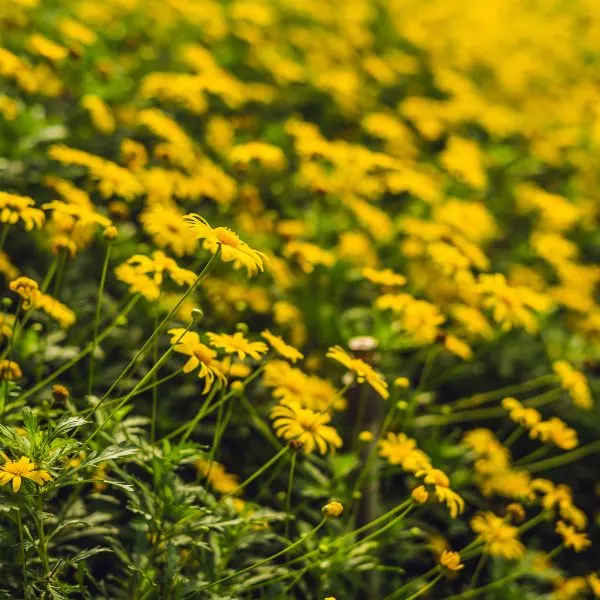
Resembling sunflowers but in a much tinier form, Tick weed is great to pair with camellias. Like camellias, these flowering plants grow well in most soil types but in acidic conditions. For the perfect look, organize the taller camellia and shorter tick weeds in a flower bed in your garden.
14. Garden Phlox

The shade-loving garden phlox grows delicate lavender to purple flower clusters that pair well with the slightly larger delicate pink to red camellias. This is a perfect combination for an elegant, light, and bright-colored flower garden.
Other popular camellia companions include Pulmonaria and Myosotis.
Flowering Bulbs
15. Tulips
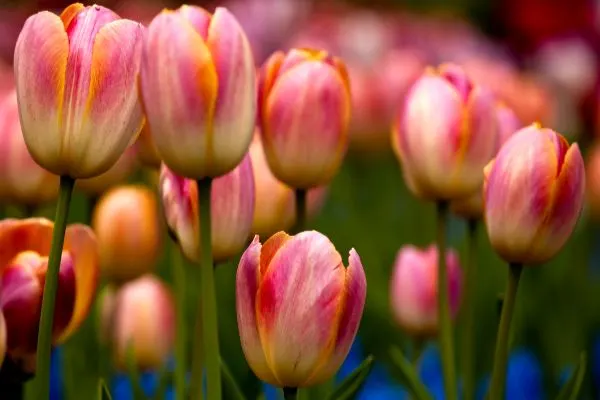
Choosing the right flowering bulbs, such as Tulips and Daffodils, can transform your garden into a picturesque setting, perfectly complementing the spectacular blooms of camellias. Among the options that you can never go wrong with are tulips. The best part of choosing tulips is they come in different varieties you can pick based on your character needs.
For example, you can choose single early tulips for early season bloomers or parrot tulips for late season bloomers. Nonetheless, for the perfect spring garden look, tulips paired with camellias never disappoint.
16. Daffodils
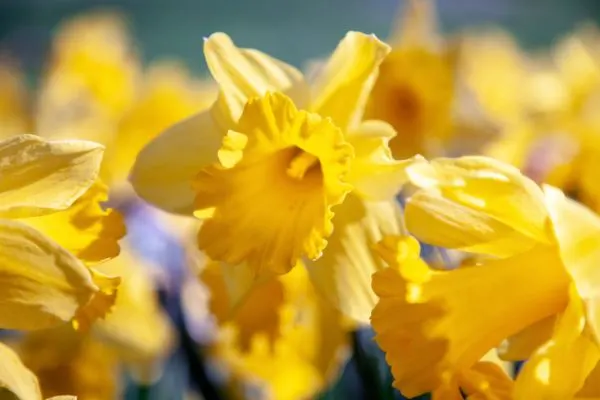
Like tulips, daffodils add a distinctive interest to your garden during the spring season when paired with camellias. In fact, daffodils offer a longer lasting interest, thanks to their three-season blooming ability.
17. Japanese Anemone
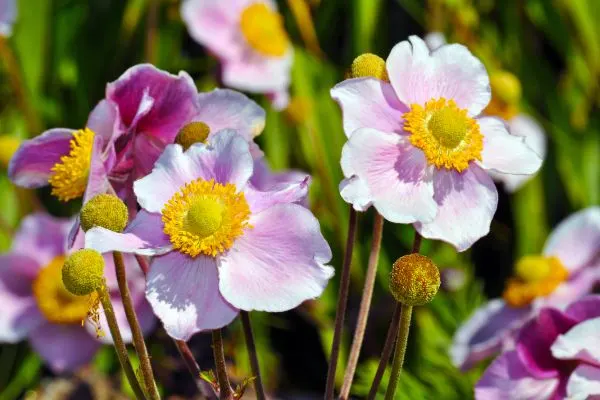
An excellent companion plant for camellias, the Japanese anemone grows fantastically in slightly acidic soil and shaded areas. The flowering plant is prized for its late interest in your garden borders as it blooms from midsummer towards late fall or even early winter.
The flowering plant grows flowers with elegant tones of cream, pure white, purple, or luscious pink. You will also find varieties in coral or bi-colored berry pink. Japanese anemone is certainly a plant to incorporate into your garden for an elegant look.
18. Pansies
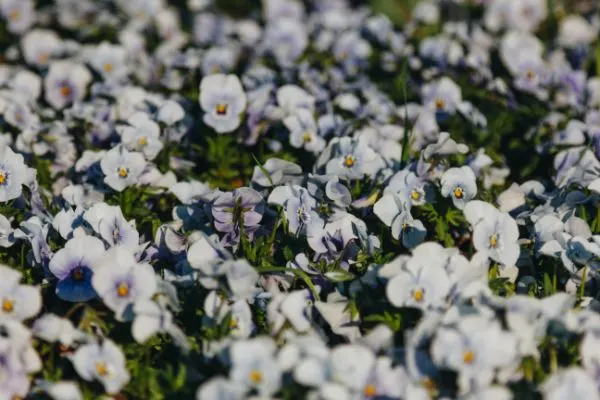
The short-lived pansies are perfect to pair with camellia if you want to achieve great color in your garden. The perennials grow flowers with heart-shaped petals and offer a wide range of bright colors. In fact, to enjoy their showy displays, pair them with camellias in colorful pots or border displays in your garden.
19. Lily Of The Valley
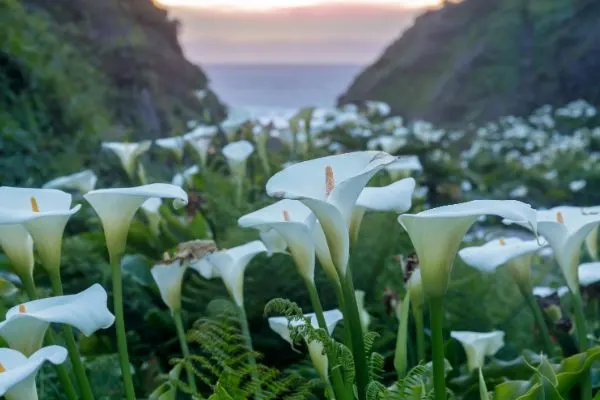
The woodland flowering plant, Lily of the Valley, doesn’t only stand out for its beautiful white blossoms but also its sweet scent. Growing well in cool temperature areas, the flowering plant grows pendant-like bell-shaped flowers with a sweet scent during spring and pairs perfectly with camellias. In particular, you want to plant them as ground cover for the perfect display.
20. Crocus
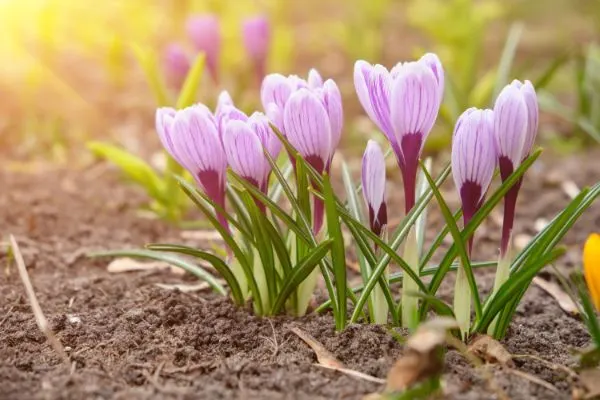
Spring flowering plants like crocus grow well with camellias for the perfect display. You can integrate camellias and crocus with a variety of other spring flowering plants for a complete floral garden look. Pair crocus with Lily of the Valley as ground cover and add daffodils, tulips, and camellias for structure.
21. Bearded Iris

For the ultimate color display, a pairing of camellia and bearded iris is what you need. Available in a myriad of colors, you can mix and match the blossoms in your garden. You can pick and blend any color from purple, blue, and black to red, rose, orange, peach, yellow, and white.
In fact, these blossoms even come in bi-color varieties. The best part of pairing camellias with these flowering perennials is they suit any garden style.
22. Daylilies
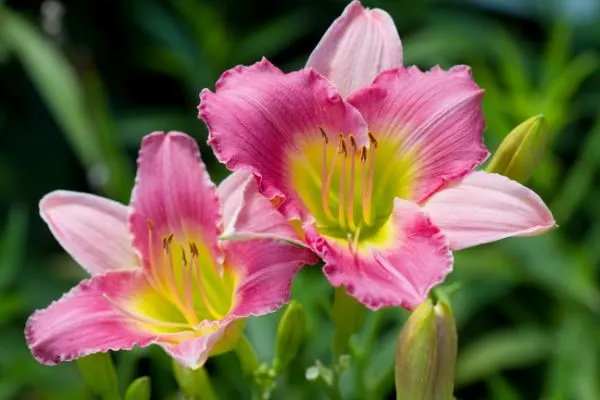
While daylilies are heavy feeders, they still grow well with camellias. Like camellias, they love rich, well drained, and acid soil with good aeration. But, you need to add a lot of organic materials to its soil. However, this hard work comes with hefty rewards, producing elegant showy flowers from spring to fall. So, you can expect a spectacular garden display almost all year round.
Other excellent low growing spring bulbs to pair with camellias include Roses and Cyclamen.
Flowering Plants and Shrubs
23. Rhododendrons
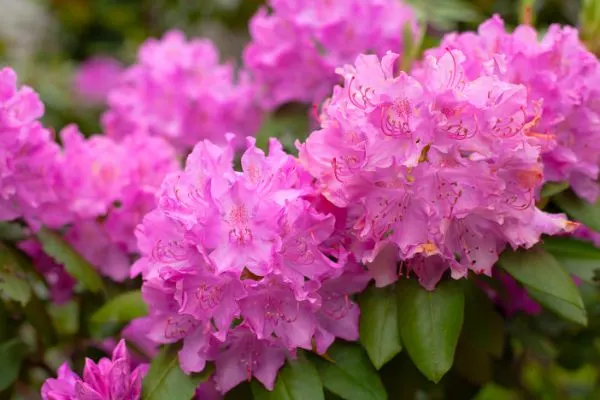
Like camellias, Rhododendrons prefer to grow in acidic environments and develop showy blooms. In fact, when paired with camellias, these two flowering plants create a floral heave in your garden. Rhododendrons’ magnificent blooms come in an array of colors, including white, yellow, orange, red, pink, lilac, and purple.
24. Azaleas
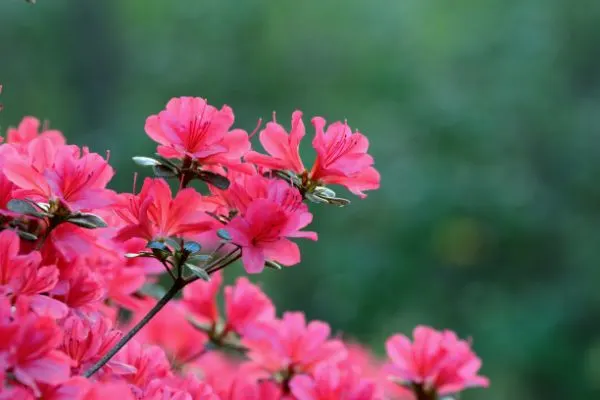
As colorful shrubs, camellias can easily synergize with equally colorful shrubs for an amazing garden setup. The best part of mixing up these different shrub species and colors is they add a dramatic ornamental effect even during non-blooming seasons. Their variety of foliage colors and textures alone are distinctively beautiful.
The all-season, deciduous azalea shrubs are just one of the best companion plants for camellia. These shrubs produce an incredible display of showy blooms during summer while their foliage turns to a deep green finish before they drop during the fall seasons.
25. Hydrangeas
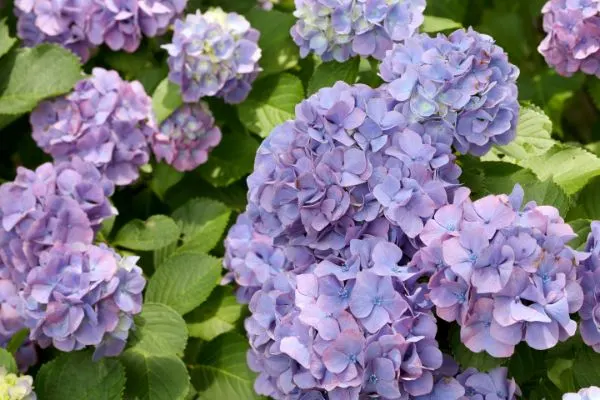
Like azaleas and Rhododendrons, acid-loving hydrangeas are also viable options to pair with camellias. These Hydrangeas boast a range of floral colors including blues, vibrant pink, lavender, or snowy white. So, you can always pick the color that works best for your garden.
The showy blooms typically appear during summer through fall. Plus, the hydrangeas come with the choice to pick the shape you want depending on the type. You can pick any type of hydrangea, whether mophead, Oakleaf, or lesser-known Deutzias, to name a few.
Hydrangeas are pretty easy to grow and can reasonably withstand elements, including wind, salt, and different soil types. This camellia companion plant is ideal for those who reside in the coastal regions.
26. Gardenias

Gardenias pair well with camellias to allow for longer blooms, extending your garden’s showy display. Planting the two plants together allows your garden to enjoy an amazing display of showy blossoms all year round. When gardenias aren’t in their blooming seasons, camellias continue to produce their blossoms.
The evergreen shrubs grow to between 2 and 15 feet tall, developing oval-shaped glossy dark green leaf foliage. On the other hand, the flowers artistically transition from pale yellow with some purple mottling to creamy white.
27. Daphne
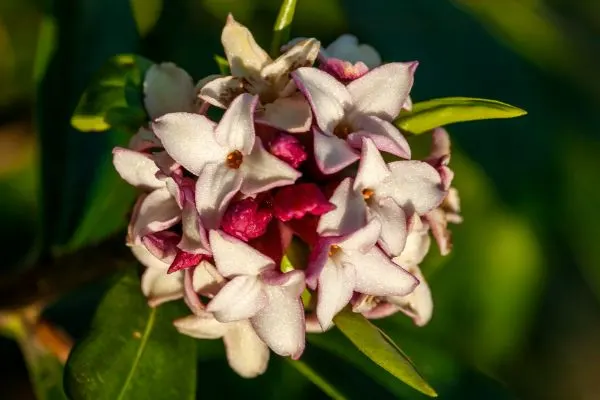
Also known as Daphne Odora or Winter Daphne, this flowering evergreen shrub is native to China, Japan, and Korea. Like camellias, the plant is acid-loving and produces attractive showy blooms to boost the look of your garden.
Daphne shrubs are also known for their intoxicating fragrance which adds character to your garden. It features fragrant pale pink, white, or lavender tubular flowers accentuated by glossy green leaf foliage.
28. Philadelphus

Also known as mock orange, the shade-loving philadelphus grows well with camellias. These shrubs are popular for their distinctive floral scent. The scent is reminiscent of a sweeter orange tree during full bloom, which explains the origin of its name.
On the other hand, the shrub develops showy white petaled flowers with bright yellow stamens. Combined with the intoxicating scent, the flowers attract a wide range of beneficial pollinators, including bees and butterflies.
29. Pieris
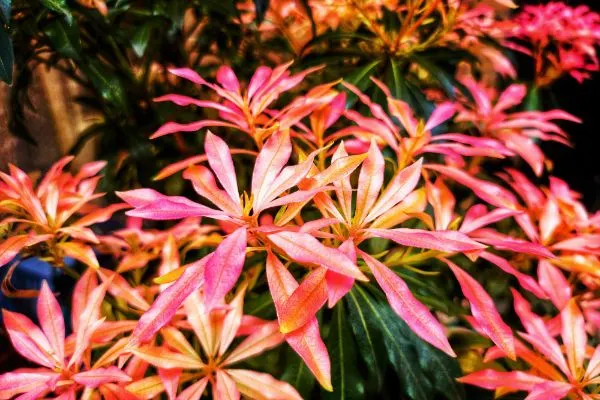
Pieris grow as evergreen shrubs to small trees and pair well with camellias. The tree develops beautiful faint pink flowers that pair well with camellias. The tree is also acid loving just like the flowering plants.
30. Fothergilla
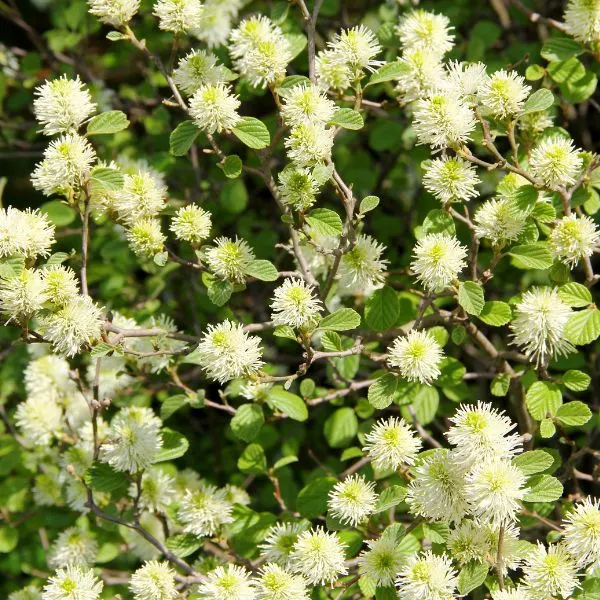
A rare garden shrub, Fothergilla develops spectacular fall foliage and grows showy blooms in the spring season. Like rhododendrons, fothergilla boasts similar acid and shade-loving properties and grows successfully with camellia. To achieve a stunning garden look, pair fothergilla with Rhododendrons, rosy lavender, and daffodils.
31. Heather
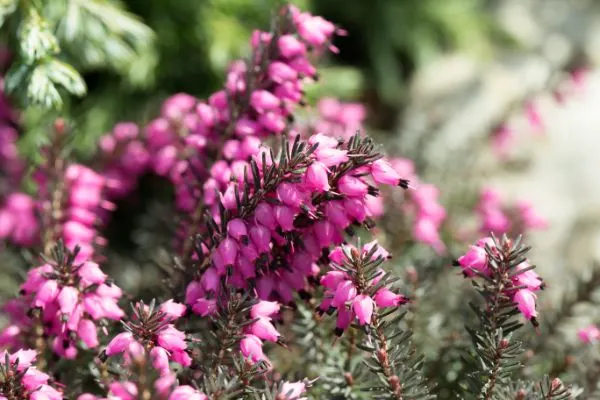
Heather is among the best companion plants to pair with camellia for a floral haven. The flowering plant helps to promote a healthy garden, thanks to its incredible pollinating ability. Its abundance of nectar does a great job to attract nectar. When paired with camellia, you will be impressed with their blend of flowers, with heathers blooming from September to early November.
Tip: Pair heather with camellia, gardenia, and hibiscus for an elegant flower garden.
32. Crepe myrtle
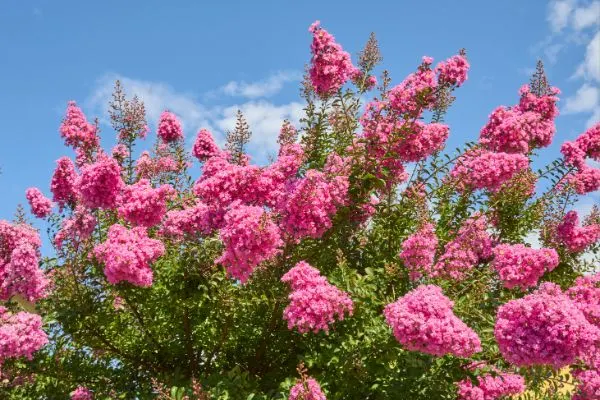
For your landscaping needs, the large deciduous hedge pairs well with camellias. When planted together, they offer a distinctive focal point, whether you want to frame an entry or create an elegant screen.
Other popular flowering shrubs to pair with camellias successfully include Erica, Gordonia, Fuchsia, Euphorbia, Mona Lavender, Berberis Thunbergii, Dwarf Mahonia, and Kerrias.
Fragrant Shrubs
33. Witch Hazel

The fragrant flower of Daphne and the unique aroma of Witch Hazel make them good companions for camellias, sharing not only similar growing conditions but also enhancing the garden’s scent profile. Also known as hamamelis, witch hazel is a deciduous shrub that grows to about 10 to 20 feet tall.
The fragrant shrub grows interesting oval leaves with color-changing tendencies through fall. It also grows winter flowers with unique long crinkly petals. While the florals are most beautiful during winter, they continue to bloom for up to three seasons.
You can choose to plant different types of witch hazels in your garden, whether rounded, vase-shaped, weeping, or spreading form.
34. Lonicera
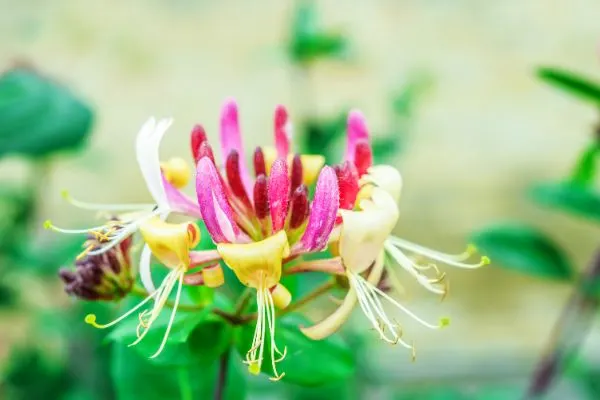
Popularly known as Sweet Honeysuckle, Lonicera is bushy, spreading deciduous shrub and as its name suggests, popular for its fragrant nature. The shrub grows highly fragrant short-tubed creamy white flowers that appear in late winter through early spring.
During late spring to early summer, the flowers disappear to form red ornamental berries. On the other hand, its smooth and oval-shaped dark green leaf foliage remains intact all year round unless it’s very cold.
This elegant shrub finishes off with a rough textured and pale tan to gray bark, particularly during the winter season. Paired with camellia, Lonicera adds a characteristic appeal to your garden.
Pretty Trees
35. Magnolia
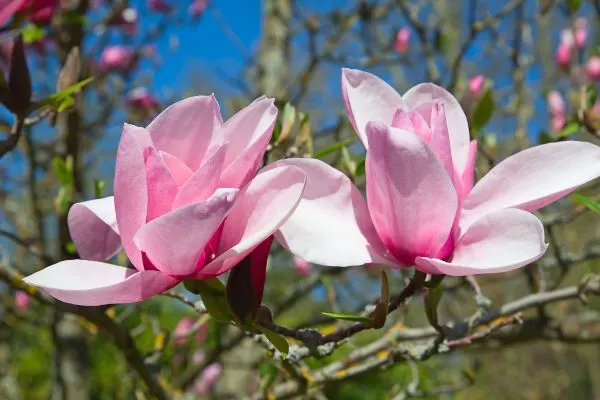
The magnolia tree offers an incredible mix of form and texture that stands out in any landscape. But, what particularly makes this pretty tree stand out as an excellent companion plant is its non-complicated root system that doesn’t compete with camellia.
Grown as deciduous or evergreen, magnolia develops showy and fragrant florals in their attractive form. The flowers bloom from spring through summer when the flowers are in their most beautiful state. Growing to reach 300 feet, the magnolia tree comes in different types to survive both cold climates and more temperate climates. There’s always an ideal magnolia tree no matter where you live!
36. Acer
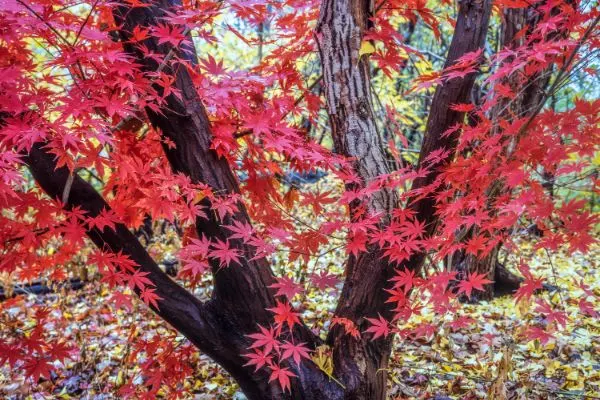
Also known as Japanese maple, Acer complements camellias with its thick canopy and distinctively shaped leaf foliage. The tree’s characteristic summer lush green foliage and orange fall foliage complement the appearance of your camellias.
But, their unique personality doesn’t just bloom in the spring and summer seasons. Some Acer tree types develop a pretty distinct coral bark during the winter season to give life to your outdoor space.
37. Dogwood
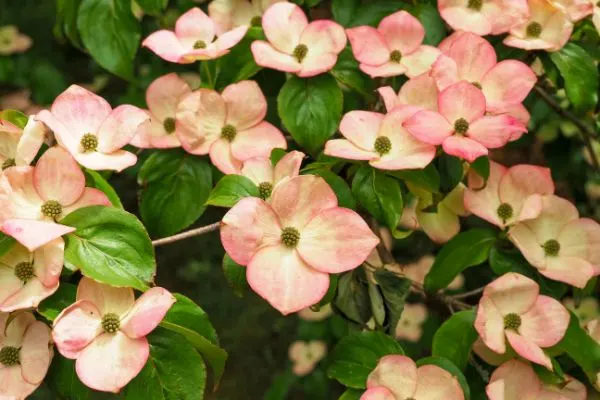
Dogwood trees are known for their ultra-incredible blossoms, berries, and distinct bark. Their spreading canopy and bright blossoms turn your garden into an elegant space. Camellias pair pretty well with this understory tree. If you want to create a spectacular spring-to-fall garden setup, plant camellias with dogwood and Japanese maple.
6 Worst Companion Plants for Camellia
Generally, camellias are shallow-rooted plants. So, they don’t grow so well when near plants with long or complex root systems, particularly trees or shrubs. Moreover, the plants prefer acidic soils and shaded areas. This means plants that grow in opposite conditions will not be the best companion plants. Below are 6 common plants to never plant near your camellias;
1. Poplar
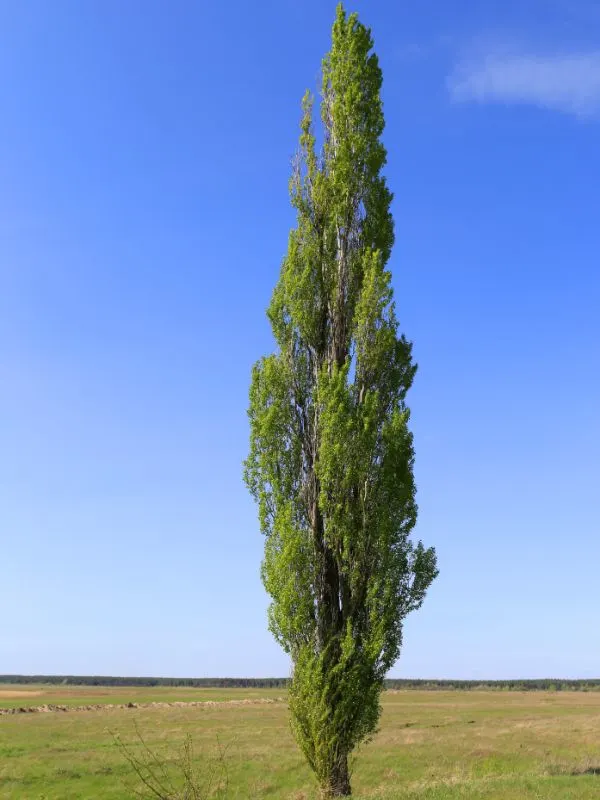
The long and complex root systems of poplar make it a terrible companion plant for camellias. Growing to about 50 to 165 feet tall, the tree prefers direct sun with fertile acidic, or neutral soils. Further, the tree is pretty thirsty, requiring a lot of water to keep its roots moist.
2. Willow
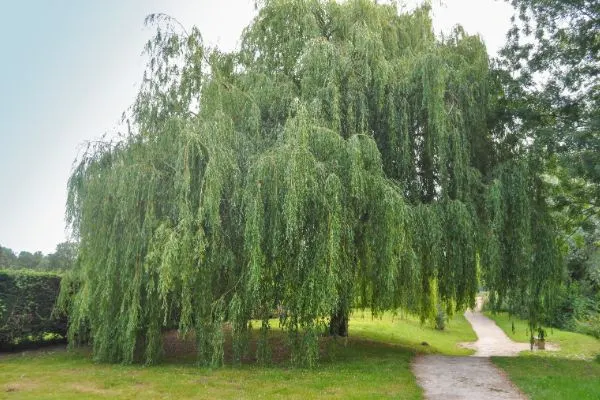
Willows grow complex enough root systems that can invade drains and foundations if planted near your house. This makes the tree unsuitable to grow near plants such as camellias. The tree prefers deep, moist, and well-drained soils. Further, unlike camellias, willows love to grow under direct sunlight.
3. Elms
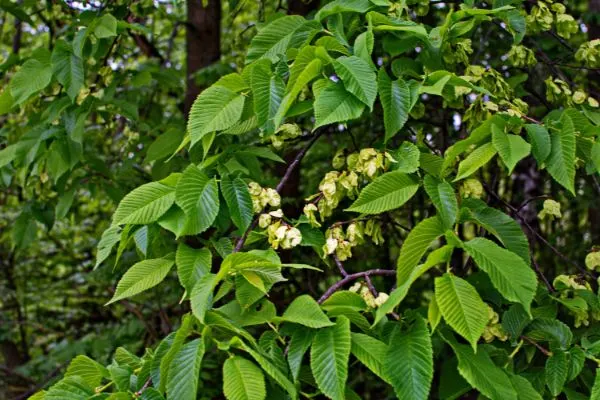
In addition to their long and complex root systems, elms don’t grow so well with camellias because they love the full sun. While there aren’t studies to confirm this, elms are susceptible to various diseases, which may also affect camellias.
4. Clematis
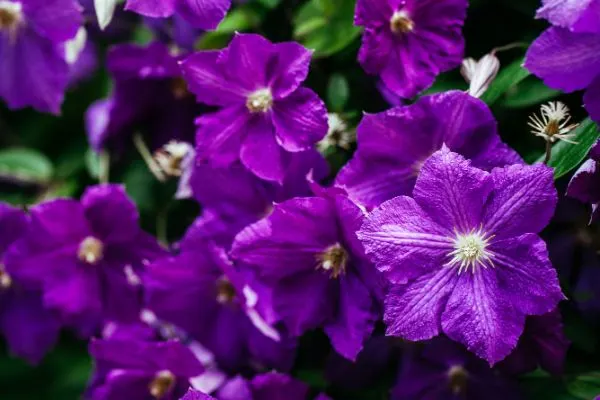
The moist and sometimes soggy soil clematis loves to grow in isn’t ideal for camellias. These plants also prefer exposure to full sun for at least 6 hours daily which camellias cannot survive in.
5. Forsythia
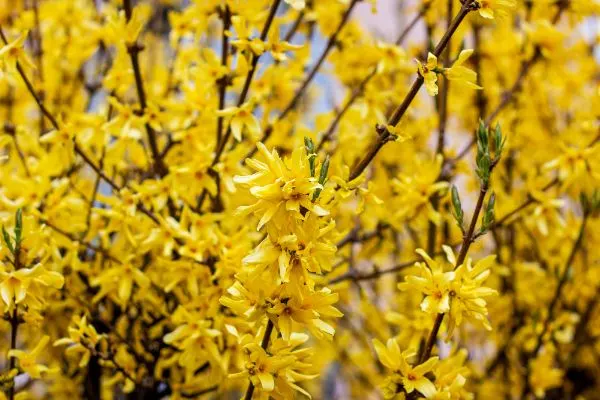
When paired with camellia, the two plants can grow well. However, when put in a shaded area where camellia thrives, forsythia doesn’t thrive as much. In a shaded area, forsythia will produce fewer flowers.
6. Lilac
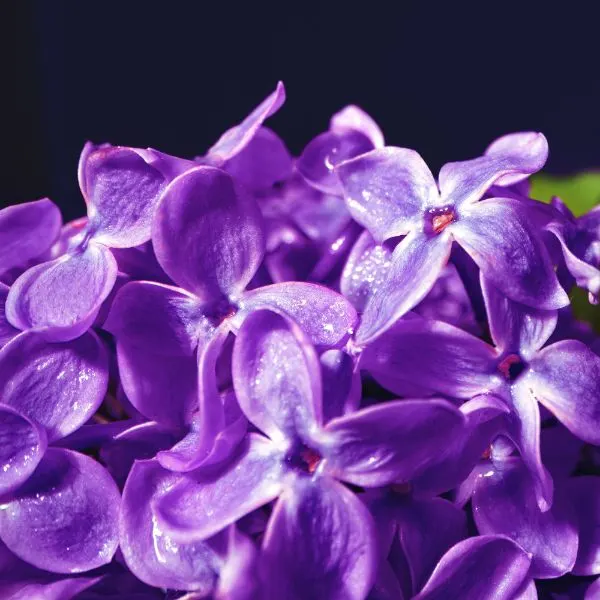
Lilac boasts pretty different growing needs than camellia. Unlike camellias, lilac prefers exposure to direct sunlight for at least 8 hours a day. In a shaded area, lilac fails to bloom. Further, lilac prefers a slightly alkaline soil pH to grow. Lilacs do make good companions for other plants though.
Frequently Asked Questions (FAQs)
What Are The Ideal Growing Conditions for Camellias?
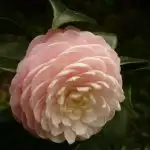
Camellia survives best in well drained, moist (not soggy), and slightly acidic soils, with a pH level of 5.0 to 5.5. The flowering shrubs also survive best in hardiness zones 6 – 9 and prefer shaded areas. In fact, camellias will not grow and thrive under direct sunlight. The flowering shrub can also grow perfectly in clay, loamy, and sandy soils.
What Are Camellia Best For In The Garden?
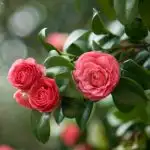
Camellias can be grown in a selection of styles in the garden. These include flowerbeds, borders, hedges, screens, patios, and containers. You can also plant camellias as wall borders.
Why Do Camellias Grow Better Under Deciduous Trees Than Evergreen Ones?
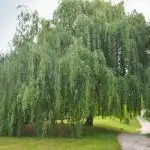
Camellias do better growing under deciduous trees than evergreen ones as the leaf shedding allows for sun exposure to camellias during the winter season. Further, smaller to medium deciduous trees usually develop less invasive root systems that accommodate camellias. Plus, the leaf shedding of deciduous trees offers the camellia free leaf mulch.
Conclusion
With the endless selection of companion plants for camellias, you have the creative freedom to design your garden how you wish to. Whether you want short grass-like ground cover, an elegant floral bed, or larger trees to shade your flowers, the over 40 options outlined above will not disappoint you.
More companion plants
